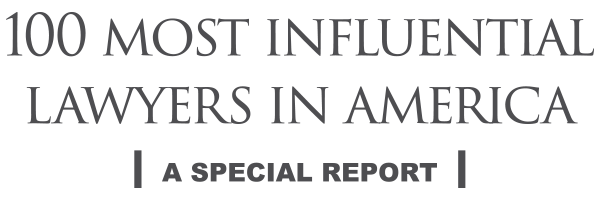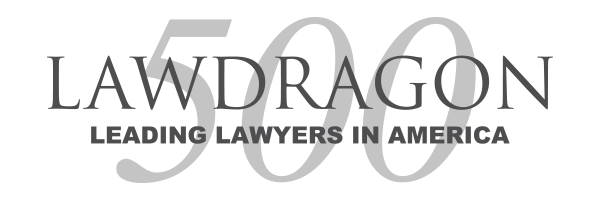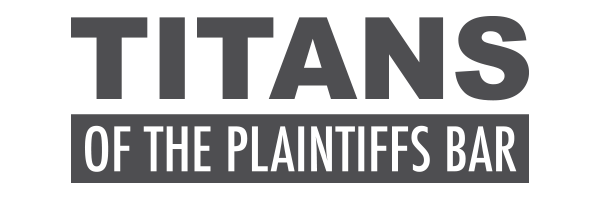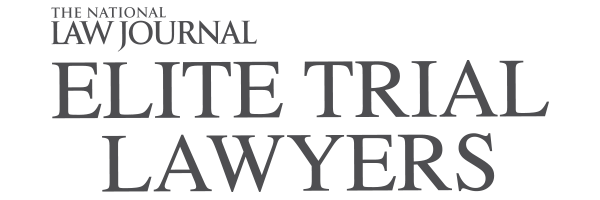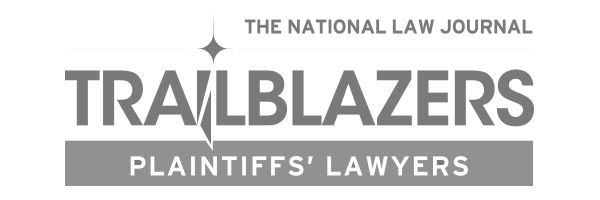Zeroclick v. Apple: Helpful Guidance from the Federal Circuit Regarding the Scope of § 112(f)
Zeroclick, LLC v. Apple Inc., --- F.3d ----, 2018 WL 2450496 (Fed. Cir. June 1, 2018) marks a significant step toward a more balanced § 112(f) jurisprudence. It is the first post-Williamson Federal Circuit opinion to push back against the expansion of § 112(f), and it does so in a doctrinally coherent fashion that provides useful guidance to district courts and to future Federal Circuit panels.
35 U.S.C. § 112(f) provides that “[a]n element in a claim for a combination may be expressed as a means or step for performing a specified function without the recital of structure, material, or acts in support thereof, and such claim shall be construed to cover the corresponding structure, material, or acts described in the specification and equivalents thereof.” It has long been the rule that when a claim limitation lacks the word “means,” a presumption arises that § 112(f) is inapplicable. This is significant, as typically the application of § 112(f) will result in narrower claim scope than the generally applicable “understanding of a person skilled in the art.”
In Williamson v. Citrix Online, LLC, 792 F.3d 1339 (Fed. Cir. 2015) (en banc), the Federal Circuit overruled the line of cases stretching back to Lighting World, Inc. v. Birchwood Lighting, Inc., 382 F.3d 1354, 1358 (Fed.Cir.2004) that had held that the presumption is “a strong one that is not readily overcome.” Williamson, 792 F.3d at 1349. Instead, the Williamson court held, “[w]hen a claim term lacks the word ‘means,’ the presumption can be overcome and § 112, para. 6 will apply if the challenger demonstrates that the claim term fails to ‘recite sufficiently definite structure’ or else recites ‘function without reciting sufficient structure for performing that function.’” Id. The court then held that a claim directed to a “distributed learning control module” was subject to § 112(f), because “module” was a “well-known nonce word that can operate as a substitute for ‘means,’” and nothing in the claims, the specification or the extrinsic evidence imparted structure to the “module” as recited in the claim. Id., at 1350-51.
Subsequently, district courts appear to have struggled to apply Williamson in a consistent manner. E.g., Barkan Wireless Access Technologies, L.P. v. Cellco Partnership, 2017 WL 2099565 (E.D. Tex. May 14, 2017) (“AP [access point] module” not subject to § 112(f) but “communication module” was); Alacritech, Inc. v. Century Link Communications LLC, 271 F.Supp.3d 850 (E.D. Tex. 2017) (“first mechanism” and “second mechanism” governed by § 112(f)); Blackbird Tech LLC v. ELB Electronics, 2016 WL 7451622 (D. Del. Dec. 28, 2016) (“fastening mechanism” not governed by § 112(f)); Huawei Technologies Co. Ltd. v. T-Mobile US, Inc., 2017 WL 2691227 (June 22, 2017) (“acquisition module” not governed by § 112(f), but “selection module” and “key derivation module” were); Blast Motion, Inc. v. Zepp Labs, Inc., 2017 WL 476428 (S.D. Cal. Feb. 6, 2017) (“initial motion recognition module,” “data storage module,” and “communications module” not governed by § 112(f)); Collaborative Agreements, LLC v. Adobe Systems Incorporated, 2015 WL 7753293 (N.D. Cal. Dec. 2, 2015) (“code segment for” and “computer readable medium encoded with a computer program” not governed by § 112(f)); Zeroclick, LLC v. Apple Inc., 2016 WL 5477115 (Aug. 16, 2016) (“program” and “user interface code” governed by § 112(f)).
In addition, the first two post-Williamson Federal Circuit opinions addressing the issue of whether non-“means” claim text was governed by § 112(f) both found that the terms at issue were governed by § 112(f), further undermining the value of some software patents claimed at a high level of generality. Media Rights Technologies, Inc. v. Capital One Financial Corp., 800 F.3d 1366 (Fed. Cir. 2015) (“compliance mechanism” governed by § 112(f)); Advanced Ground Information Systems, Inc. v. Life360, Inc., 830 F.3d 1341 (Fed. Cir. 2016) (“symbol generator” governed by § 112(f)).
In Zeroclick, the Federal Circuit brought order from this murky landscape. The claims at issue recited a “program that can operate the movement of the pointer (0)” and “user interface code being configured to detect one or more locations touched by a movement of the user’s finger on the screen without requiring the exertion of pressure and determine therefrom a selected operation.” The district court found that these terms were governed by § 112(f), and that they were therefore indefinite for failing to reference sufficient structure. The Federal Circuit reversed, finding that the terms were not governed by § 112(f) and that therefore the indefiniteness analysis applicable under that provision was not triggered.
First, the court put district courts on notice that while the presumption against the application of § 112(f) is not longer “strong,” it is still meaningful and can only be overcome if “the challenger demonstrates that the claim term fails to recite sufficiently definite structure or else recites function without reciting sufficient structure for performing that function.” Zeroclick, 2018 WL 2450496 at *3 (emphasis in original). The court also stressed that the essential inquiry is “whether the words of the claim are understood by persons of ordinary skill in the art to have a sufficiently definite meaning as the name for structure,” and that “this determination must be made under the traditional claim construction principles, on an element-by-element basis, and in light of evidence intrinsic and extrinsic to the asserted patents.” Id. Thus, Apple had failed to carry its burden of rebutting the presumption, because it had proffered no evidence (and the district court pointed to none) in support of its argument that the terms were governed by § 112(f).
The court then addressed the district court’s treatment of “program” and “user interface code” as nonce words merely substituting for “means,” holding that this was erroneous for three reasons. First, “the mere fact that the disputed limitations incorporate functional language does not automatically convert the words into means for performing such functions.” Id., at *4. Second, the context of the claims in which the terms were embedded as well as the patent specifications indicated that the terms were used as “specific references to conventional graphical user interface programs or code, existing in prior art at the time of the inventions.” Id. Third, the district court made no finding that “compels the conclusion that a conventional graphical user interface program or code is used in common parlance as substitute for ‘means.’” Id.
Thus, Zeroclick instructs district courts that (i) the challenger must satisfy its burden of producing evidence (not mere argument) supporting its position that a non-“means” claim term is governed by § 112(f), and (ii) a broad term denoting a particular category of software (such as “code” or “program”) is not inherently a nonce term but rather may constitute a category of structure (such as a “circuit” or “processor”) that avoids the application of § 112(f). This guidance should restore a measure of balance, consistency and predictability to § 112(f) jurisprudence.
